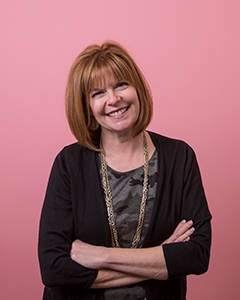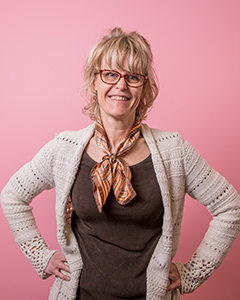Leaving the office for a few days and focusing on the future is never a bad thing. Just getting out of the weekly onslaught of meetings gives your brain a chance to process thoughts and make room for new ones. Pair that with a few good case studies and conversations around innovation and end-to-end experience and you have yourself a nice little party for the brain. If anything, I’ve got more clarity on what is possible and a few ideas on how we can actually make those things happen.
One of the biggest themes from this year’s Ad Age Digital Conference was the importance of experience…not just from a digital perspective, but as an end-to-end awareness of how and when people interact with a brand. We saw examples of brands that have embraced simple insights and changed the course of how they market. A couple of my favorites include Visa and HBO.
Visa realized that most people are multitasking when they use their phones, so they decided to focus on a one-handed experience. Everything they do in mobile, from app development to advertising, is now put through a one-handed filter. The thought is reinforced in television and PR…but it is all derived from an insight around how people interact with the brand.
HBO spent a lot of time working on their second screen experience…then completely shuttered the program when they realized that people didn’t want to look away from Game of Thrones because they might miss someone die or another plot twist (a true phenomenon I’ve experienced myself). Where most television is passive, people watching HBO tend to be glued to the primary screen. If they are truly going to be the Home Box Office, they need to focus on replicating the box office experience as well as possible, and you aren’t allowed to surf the web while watching movies at the cinema.
The thing that has me excited is how big and diverse GSD&M’s brand experiences are. Buying a tractor is completely different than ordering a burrito…and that is a lot different than booking a flight. The time and context in which someone is interacting with a brand completely changes the way that brand should interact with a consumer. As I’m sitting on a Southwest flight flying home, I’m picking apart every aspect of my interaction: learning I’m going to travel, booking a trip, heading to the airport, checking in, going through TSA, waiting for my flight, boarding, sitting in my seat for four hours, deplaning, getting my luggage, heading home and telling people about my trip are all very different interactions with different sets of expectations. Being able to stream music or watch satellite television on my laptop or tablet makes me feel better about Southwest, and it has nothing to do with advertising. It is the exact right offering at the exact right time. Same with the abundance of plugs and charging stations at the terminal—it’s a simple, thoughtful gesture that makes the entire flying experience a little more pleasurable.
Every interaction is a brand experience, and every interaction is an opportunity—not to put a new ad or logo in front of my eyeballs at every waking moment, but to help define how people are engaging with our brands. Everything we can do to make those experiences a little more pleasurable or rewarding is going to make people appreciate that brand a little more, and that is an exciting thing to focus on.




